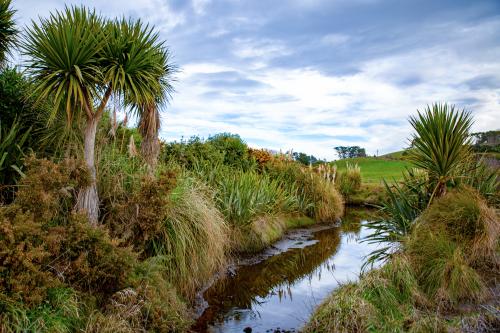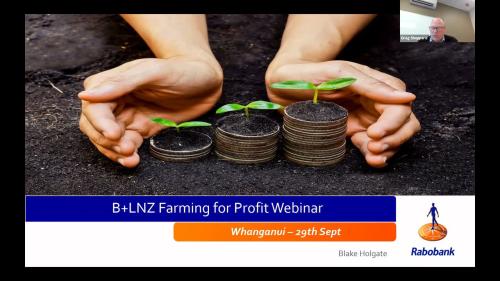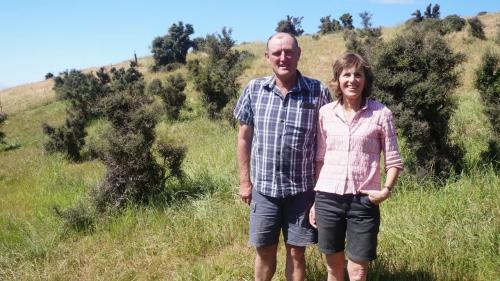Search results
Displaying 231 - 240 results of 921
- Resource book… 3policy decisions first things first 21 market signals 21 likes dislikes 21 examples … policy decisions consider pasture supply market signals feeding priorities your … decisions include seasonal pasture supply market signals individual preferences …
- Resource book… nominated policy 7 problematic trying market cattle prime following first winter … gross margin under current beef grading market conditions should noted current beef … since time carcass weights have increased markets have changed 10years ago exported …
- Factsheet… emissions efficient production new zealand markets filled less emissionefficient products … used tactical option respond seasonal market variability rather than continuous …
- News… Championing the Sector and Increasing Market Returns. He also announced B+LNZ’s new … Taste Pure Nature B+LNZ’s General Manager Marketing Nick Beeby provided an update on … try and get the best possible return from our market.” Director announcements During the …

- Video… manage increasing environmental, societal and market risk as well as seizing opportunities …
- VideoOwners Mark and Jane Schwass were commended for their strong emphasis on riparian planting and stock shelter, good fertiliser policy and dedication to protecting and enhancing native …
- News… of a trial of a voluntary nature credits market framework could provide important …

- News… and nearly 100 CO2-e/kg carcass weight to market including land-use change. Meanwhile, a … weight, even after it has been exported to market, bought by a consumer and the packaging … bone, and manure, which all have uses and markets, and more importantly, the importance …

- Resource bookmanaging soil health farm plan environment module 1 fp112025 resources made possible sheep beef farmer investment industry beef lamb new zealand liable any damage suffered result reliance information …
- Factsheet… lambing calving dates coincide grass growth market objectives using different parts farm …

